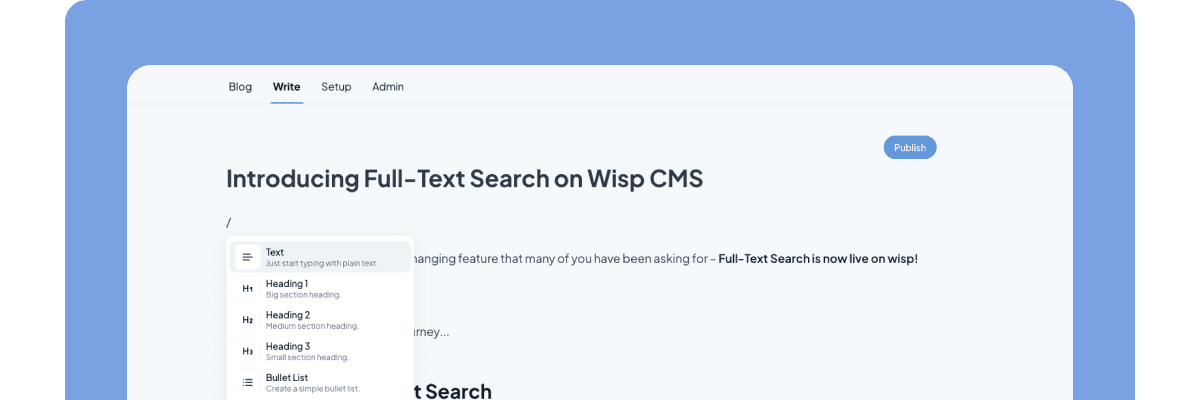
You've decided to learn JavaScript - great choice! As one of the most popular programming languages, JavaScript powers much of the modern web. However, the path to JavaScript mastery is filled with potential pitfalls that can trip up newcomers.
Having observed countless developers start their JavaScript journey, I've noticed some recurring mistakes that often lead to frustration and slower progress. Let's explore these common pitfalls and learn how to avoid them.
The Framework First Fallacy
The most prevalent mistake I see among beginners is rushing to learn frameworks like React or Vue before mastering vanilla JavaScript. As one experienced developer notes on Reddit, "It's always a mystery to me how people learn React without knowing JavaScript... It doesn't seem like the easy way to start."
Think of it this way: trying to learn React before JavaScript is like attempting to build a house without understanding how to use basic tools. You might follow tutorials and get something working, but you'll struggle to:
Debug issues when they arise
Understand why certain patterns are used
Write efficient, maintainable code
Adapt to new frameworks or updates
Skipping HTML and CSS Fundamentals
Another critical mistake is diving into JavaScript while neglecting HTML and CSS basics. JavaScript doesn't exist in isolation - it works in tandem with HTML and CSS to create interactive web experiences. According to the MDN Web Docs, understanding how these three technologies interact is crucial for effective web development.
Before writing your first line of JavaScript, ensure you:
Understand basic HTML structure and semantic elements
Know how to style elements with CSS
Grasp the concept of the Document Object Model (DOM)
Can build simple static web pages
Poor Variable Naming and Code Organization
"Write code with the assumption that the next person to work on it is a homicidal maniac that knows where you live." This humorous but insightful advice from a seasoned developer emphasizes the importance of writing clear, maintainable code.
Common organizational mistakes include:
Using vague variable names like
a,temp, ordataWriting overly long functions that do multiple things
Not commenting code or explaining complex logic
Hard-coding values instead of using variables
Instead, adopt these practices:
Use descriptive variable names (e.g.,
userAgeinstead ofa)Keep functions focused on single responsibilities
Add meaningful comments to explain "why" rather than "what"
Make code readable and self-documenting
Confusion with Operators and Comparisons
One of the most common technical mistakes beginners make involves JavaScript's operators, particularly when it comes to comparison and assignment. According to FreeCodeCamp, this confusion often leads to unexpected behavior in code.
Assignment vs. Comparison
// Common mistake
if (name = "John") { // This assigns "John" to name!
console.log("Hello John");
}
// Correct usage
if (name === "John") { // This compares name with "John"
console.log("Hello John");
}
Loose vs. Strict Equality
// Loose equality (type coercion)
console.log(5 == "5"); // true
console.log(0 == false); // true
// Strict equality (no type coercion)
console.log(5 === "5"); // false
console.log(0 === false); // false
Function Return Values and Scope Issues
Many beginners struggle with function returns and variable scope. As highlighted by James Q Quick, these issues can cause subtle bugs that are hard to track down.
Missing Return Statements
// Common mistake
function calculateTotal(price, quantity) {
price * quantity; // Doesn't return anything!
}
// Correct approach
function calculateTotal(price, quantity) {
return price * quantity; // Explicitly returns the result
}
Scope Confusion
// Global scope pollution
let total = 0;
function addToTotal(amount) {
total += amount; // Modifying global variable - risky!
}
// Better approach
function addToTotal(currentTotal, amount) {
return currentTotal + amount; // Pure function, no side effects
}
Asynchronous Code Confusion
Understanding asynchronous programming is crucial in JavaScript, yet it's an area where many beginners stumble. According to the W3Schools guide, misunderstanding async behavior can lead to race conditions and timing issues.
Common Async Mistakes
// Mistake: Assuming synchronous execution
function fetchUserData() {
let userData;
fetch('https://api.example.com/user')
.then(response => response.json())
.then(data => {
userData = data;
});
return userData; // Will return undefined!
}
// Correct approach
async function fetchUserData() {
try {
const response = await fetch('https://api.example.com/user');
const userData = await response.json();
return userData;
} catch (error) {
console.error('Error fetching user data:', error);
throw error;
}
}
Neglecting Error Handling
Another critical mistake is failing to implement proper error handling. As one developer points out on Reddit, "Don't assume you will always have, find, or fetch what is required."
Poor Error Handling
// Risky code without error handling
function displayUserName(user) {
document.getElementById('username').textContent = user.name; // Might crash!
}
// Better approach with error handling
function displayUserName(user) {
try {
if (!user || typeof user.name !== 'string') {
throw new Error('Invalid user data');
}
const element = document.getElementById('username');
if (!element) {
throw new Error('Username element not found');
}
element.textContent = user.name;
} catch (error) {
console.error('Error displaying username:', error);
// Handle the error appropriately
}
}
Over-Reliance on Tutorials
Many beginners fall into the trap of endlessly following tutorials without building their own projects. This "tutorial hell" can prevent you from developing problem-solving skills and real-world experience. As noted in the Designveloper guide, practical experience is crucial for mastering JavaScript.
Breaking Free from Common Pitfalls
Practical Steps for Success
Start with the Basics
Master vanilla JavaScript before touching frameworks
Build a solid foundation in HTML and CSS
Understand the DOM and how JavaScript interacts with it
Write Clean, Maintainable Code
Use meaningful variable and function names
Keep functions small and focused
Comment your code appropriately
Follow consistent formatting
Practice Active Error Prevention
Always validate input data
Implement try-catch blocks for error-prone operations
Test your code with different scenarios
Use the browser's developer tools for debugging
Build Real Projects
Start with small, achievable projects
Gradually increase complexity
Learn from debugging your own code
Contribute to open source projects when ready
Recommended Learning Path
Foundation Phase
Learn HTML basics
Master CSS fundamentals
Study vanilla JavaScript
Practice Phase
Build simple interactive websites
Create small utility functions
Experiment with DOM manipulation
Advanced Concepts
Study asynchronous programming
Learn about closures and scope
Understand the event loop
Framework Introduction
Choose a popular framework (React, Vue, etc.)
Build projects using the framework
Understand best practices
Conclusion
Avoiding these common mistakes will help you build a stronger foundation in JavaScript and become a more effective developer. Remember that everyone makes mistakes – what matters is learning from them and continuously improving your skills.
The key is to:
Focus on fundamentals before frameworks
Write clean, well-organized code
Handle errors properly
Build real projects
Learn from the community
As you continue your JavaScript journey, keep these principles in mind and don't be afraid to make mistakes – they're an essential part of the learning process. Happy coding!



